by Scott Mehl © Unofficial Royalty 2018
Grand Duchy of Mecklenburg-Strelitz: The Duchy of Mecklenburg was divided and partitioned a number of times over the centuries. In 1701, the last division created the Duchy of Mecklenburg-Schwerin and the Duchy of Mecklenburg-Strelitz. In 1815, the Congress of Vienna recognized both Mecklenburg-Schwerin and Mecklenburg-Strelitz as grand duchies. Carl II, Duke of Mecklenburg-Strelitz became the first Grand Duke of Mecklenburg-Strelitz.
On, February 23, 1918, Grand Duke Adolf Friedrich VI of Mecklenburg-Schwerin died by suicide. The heir presumptive was serving with the Russian military and had made it known that he wished to renounce his rights of succession. Friedrich Franz IV, Grand Duke of Mecklenburg-Schwerin, served as Regent for the Grand Duchy of Mecklenburg-Strelitz. The regency lasted only nine months, as on November 14, 1918, Friedrich Franz IV was forced to abdicate as Grand Duke of Mecklenburg-Schwerin, as well as the Regent of the Grand Duchy of Mecklenburg-Strelitz. Today the territory encompassing the Grand Duchy of Mecklenburg-Strelitz is in the German state of Mecklenburg-Vorpommern.
********************

Georg, Grand Duke of Mecklenburg-Strelitz
Grand Duke Georg was born in Hanover, Electorate of Hanover, now in the German state of Lower Saxony, on August 12, 1779, to the future Carl II, Grand Duke of Mecklenburg-Strelitz and his first wife, Friederike of Hesse-Darmstadt.
Georg had nine siblings. His mother three days after giving birth to her last child from childbirth complications:
Georg had one half-sibling from his father’s second marriage to his mother’s sister Charlotte of Hesse-Darmstadt who, like her sister also died from childbirth complications.
- Karl (1785-1837) – unmarried
Georg’s early years were spent in Hanover, where his father served as Governor-General. Following the death of his stepmother Charlotte, the family moved to Darmstadt, Landgraviate of Hesse-Darmstadt, now in the German state of Hesse, where Georg and his siblings were raised primarily by their maternal grandmother. As second in line for the ducal throne, Georg was educated with the expectation of one day assuming the throne. In 1794, his childless uncle, Duke Adolf Friedrich IV, died. Georg’s father became the reigning Duke, while Georg took on the title of Hereditary Prince. Georg began studying at the University of Rostock, in Rostock, the Duchy of Mecklenburg-Schwerin, now in the German state of Mecklenburg-Vorpommern, before moving to Berlin, Kingdom of Prussia, now in the German state of Brandenburg, to continue his education. He later spent two years traveling before returning to become involved in the running of the government.
In 1807, Georg represented his father in Paris to negotiate the duchy’s entry into the Confederation of the Rhine. He again represented his father seven years later at the Congress of Vienna. Through his efforts, Mecklenburg-Strelitz was raised to a Grand Duchy, with Georg becoming the Hereditary Grand Duke. He became Grand Duke on November 6, 1816, upon his father’s death.

Marie of Hesse-Kassel
The following year, on August 12, 1817, Georg married Princess Marie of Hesse-Kassel. She was the daughter of Landgrave Freidrich of Hesse-Kassel and Princess Caroline of Nassau-Usingen. Georg and Marie had four children:
Coming to the grand ducal throne, Georg found Mecklenburg-Strelitz in great debt and in need of much rebuilding. To eliminate much of the debt, he sold several towns to Prussia, towns that had been given to the Grand Duchy at the Congress of Vienna. He abolished serfdom in 1820 and throughout his reign worked to raise the standards of education, building schools and instituting compulsory education. He made vast improvements to the infrastructure which would help to energize the grand duchy’s economy.
After a reign of nearly 54 years, Grand Duke Georg died in Neustrelitz, Grand Duchy of Mecklenburg-Strelitz, now in the German state of Mecklenburg-Vorpommern, on September 6, 1860, at the age of 81. He is buried in the New Crypt at the Johanniterkirche in Mirow, Grand Duchy of Mecklenburg-Strelitz, now in the German state of Mecklenburg-Vorpommern. He was succeeded by his son, Friedrich Wilhelm.
This article is the intellectual property of Unofficial Royalty and is NOT TO BE COPIED, EDITED, OR POSTED IN ANY FORM ON ANOTHER WEBSITE under any circumstances. It is permissible to use a link that directs to Unofficial Royalty.
Mecklenburg-Strelitz Resources at Unofficial Royalty










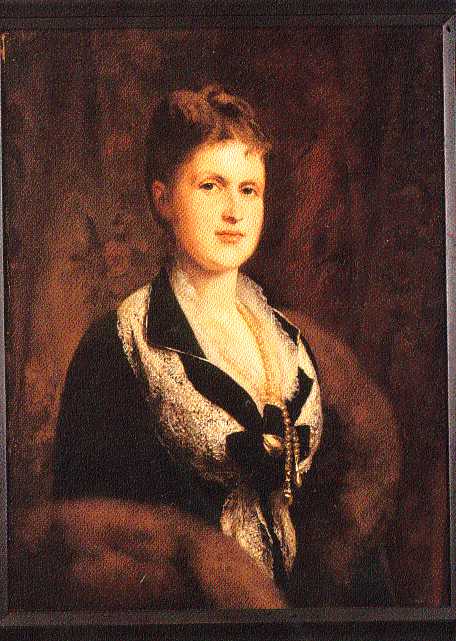

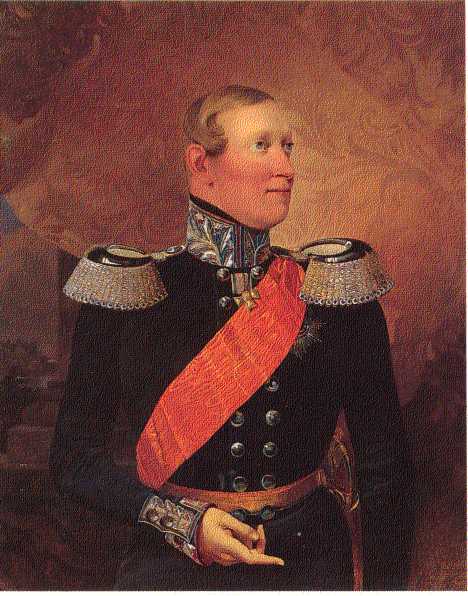

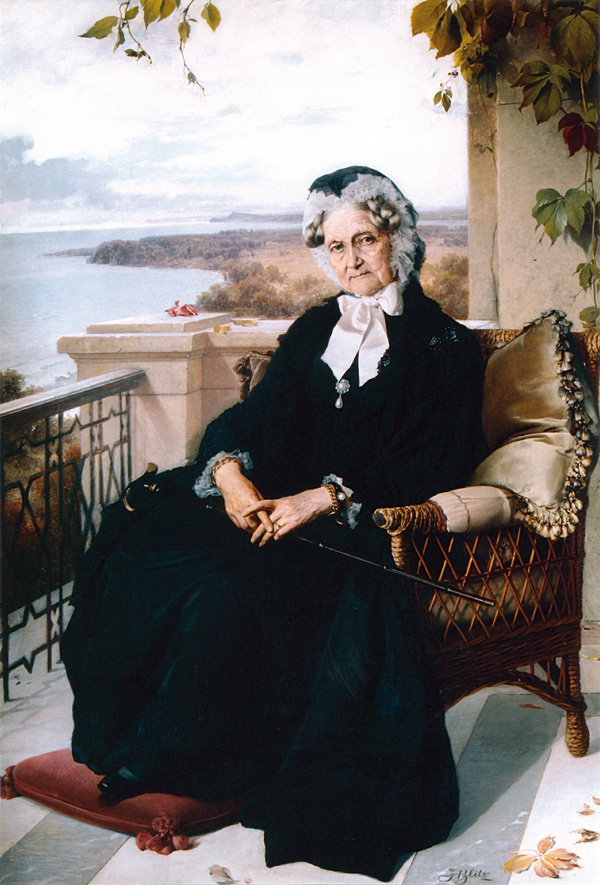

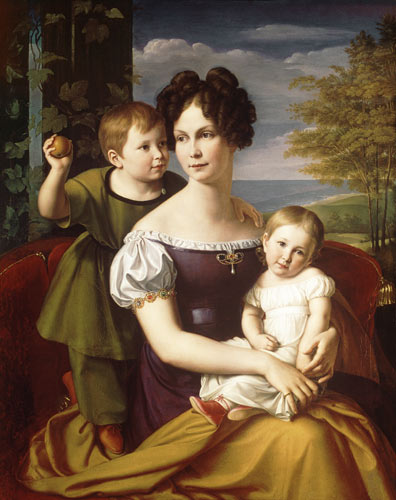

 Luise of Saxe-Gotha-Altenburg, Duchess of Mecklenburg-Schwerin
Luise of Saxe-Gotha-Altenburg, Duchess of Mecklenburg-Schwerin

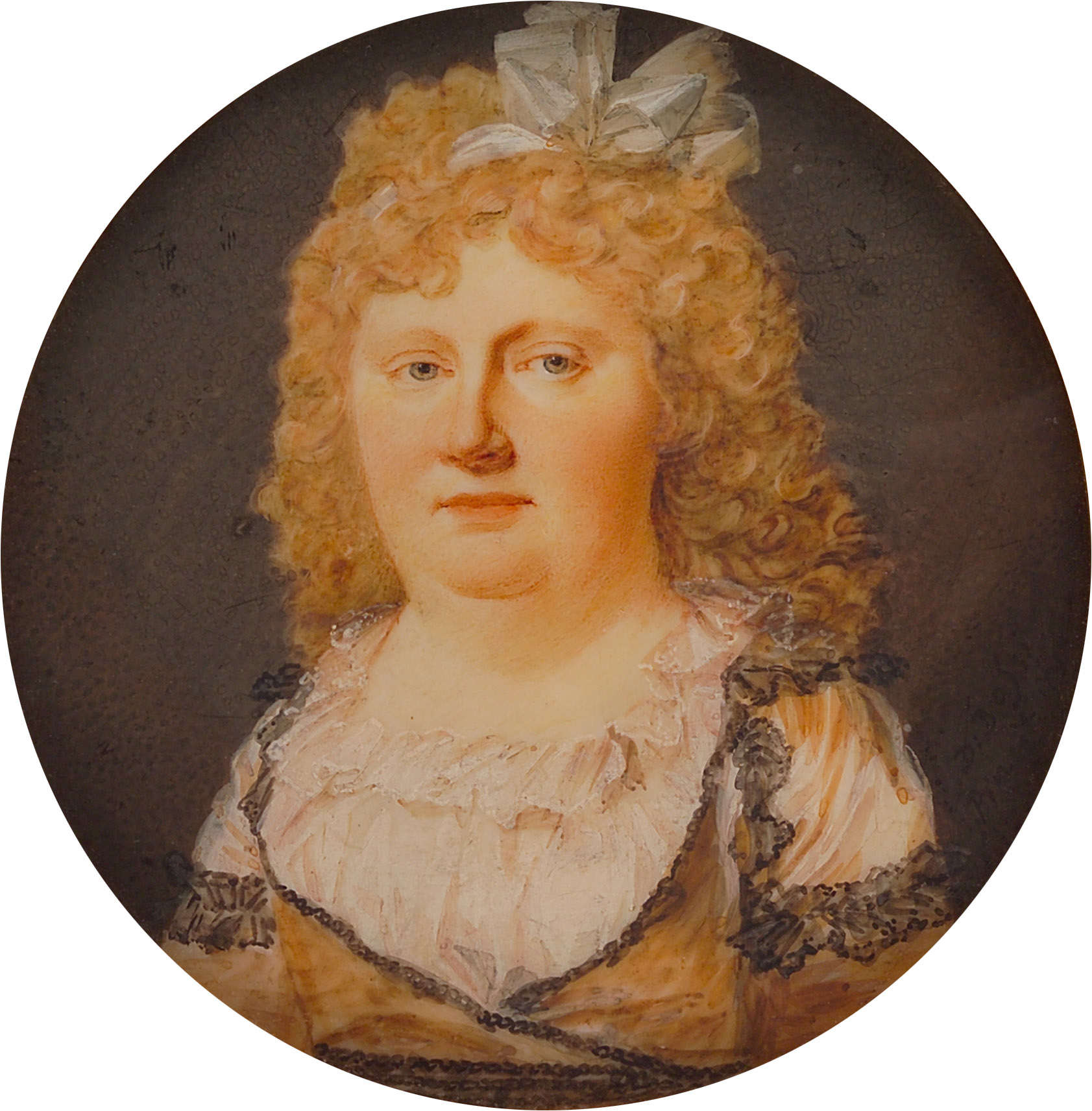

 Marie of Hesse-Kassel, Grand Duchess of Mecklenburg-Strelitz
Marie of Hesse-Kassel, Grand Duchess of Mecklenburg-Strelitz

